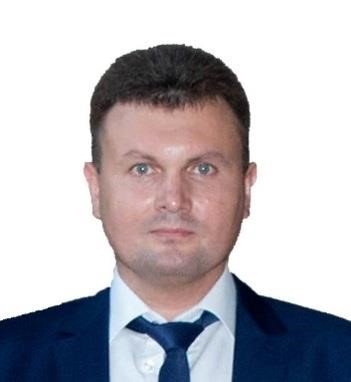Back
|
DEPARTMENT OF METALLIC STATE THEORY (02)
|
|
|
|
Taras M. Radchenko +38044-424-90-42 |
MAIN RESEARCH DIRECTIONS OF THE DEPARTMENT
- Theoretical study: features of the structure of the spectra of elementary excitations of non-ideal crystals, localized states, cluster developments, rearrangement of the spectra with increasing concentration of defects in crystals of different dimensions.
- Investigation of electronic states in the highly correlated electron systems of the reduced dimension; construction of exactly solvable models; analysis of the behaviour of topological states.
- Analytical and numerical calculations of the electronic structure and electric electron characteristics for graphene and other two-dimensional materials with different types of defects and in external fields, including heterostructures; elucidation of the criteria for the occurrence of a band gap in their energy spectrum, and analysis of the features of their electromagnetic and electrochemical properties.
- Study of macroscopic quantum effects in nanoscale and mesoscopic metal-containing or metallic systems.
- Statistical thermodynamics and physical kinetics of: behaviour of interacting defects in crystal structure, deformation-induced and magnetic effects in the evolution of microstructure and correlation of properties of imperfect crystals, formation of modulated structures of interacting vacancies (nanopores) in the irradiated crystals through dissipative or spinodal mechanisms.
- Development of statistical and thermodynamic theory of the interstitial–substitution solid solutions with magnetic components. Study of the phase transformations of different types (nucleation and growth, polymorphic, martensitic, order–disorder, paramagnetic–magnetic), processes of the decomposition in the bulk and on the surface of the material, diffusion processes in thin films and layered structures, processes of the self-organization of nonequilibrium systems taking into account extremal principles.
- Investigation of the dislocation structure and plastic deformation processes in metals and intermetallic compounds (intermetallics), self-organization of the dislocation population due to the action of dislocation sources and in the conditions of the auto-blocking effect.
- Discovery the peculiarities of the behaviour of metallic and metal-containing materials under the intensive influence of strong external factors: explosion welding, severe torsional deformation, etc.
- Modelling thermodynamic properties and phase transformations of nanosystems; nanofluidics.
- Molecular-dynamic modelling of the atomic structure of amorphous alloys and melts.



